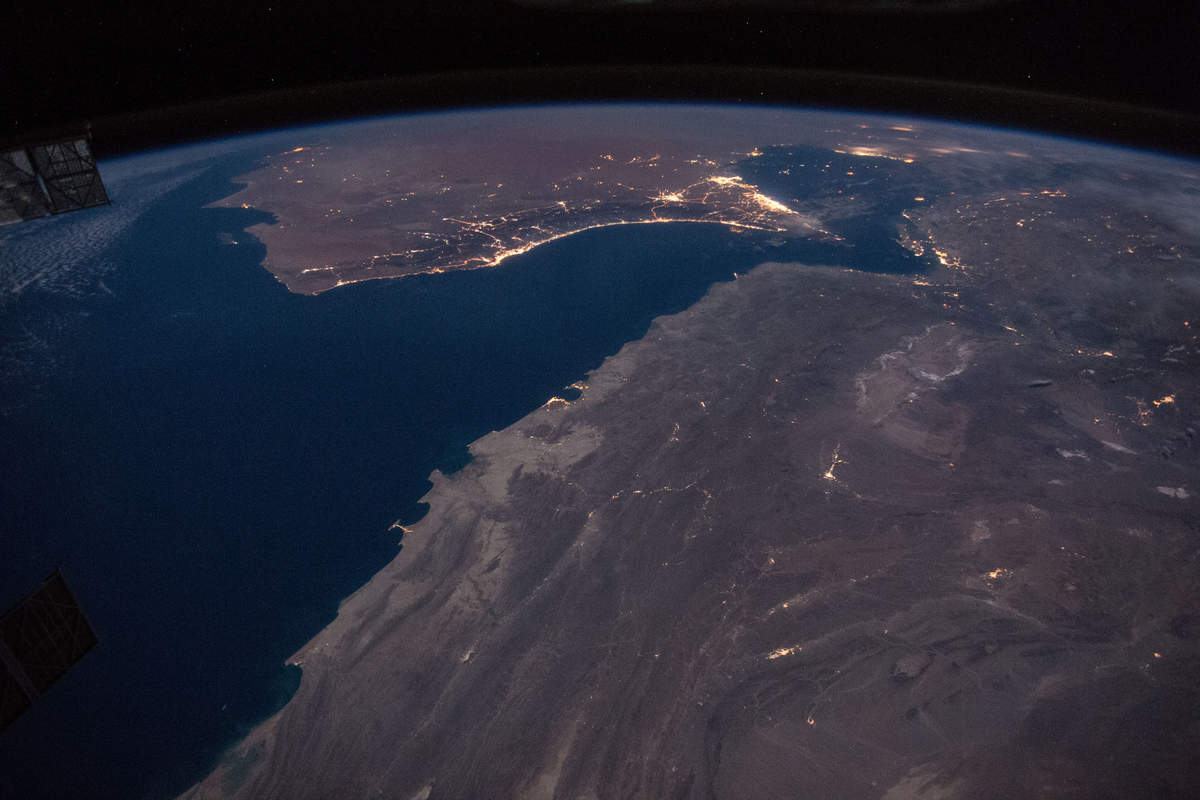Any further escalation would run the risk of regional or global conflict. Iran’s proposed closure of the Strait of Hormuz would have major economic and political consequences. Summary of previous episodes.
Israeli pre-emptive strike (June 13, 2025)
Israel launched Operation Rising Lion, using fighter jets, drones and sabotage via Mossad, to strike over 100 sites in Iran, targeting nuclear facilities (Natanz, Fordow), military infrastructure and the homes of high-ranking officials, including top generals and nuclear scientists. Iranian estimates put the death toll at between 78 and 80, and the number of wounded at over 320.
The Iranian response (June 13-14, 2025)
In response, Iran launched Operation “Honest Promise 3” (also known as “Vow of Truth 3”): more than 150 ballistic missiles and 100 drones. According to the Hebrew government, the majority of the missiles were intercepted by the Iron Dome and Patriot/THAAD systems, with some aided by US military units.
Human impact in Israel: 3 dead, between 64 and 172 injured, depending on sources.
Extensive material damage in residential areas of Tel Aviv, Rishon LeZion and Ramat Gan: damaged buildings, fires, burnt-out cars, etc.
Dangerous escalation
Israel warns that “Teheran will burn” if the strikes continue – threats made by Defense Minister Israel Katz and Prime Minister Netanyahu, the latter calling on the Iranians to overthrow their regime.
Teheran warns that any country helping Israel (USA, UK, France…) will be targeted.
Diplomatic consequences
The nuclear talks between the United States and Iran, scheduled for this weekend in Oman, were suspended as “unjustifiable” by Teheran.
The UN, the Pope and several countries are calling for de-escalation, while airspace in the region is being closed and markets are worried about the impact on oil and shipping. All the more so as Iran is considering closing the Strait of Hormuz.
Geography and configuration
- Length: approx. 170 km; width: from ~39 km (21 nautical miles) to 60 km.
- Depth: up to ~60 m on average, deeper near Mousandam (> 200 ft/60 m), making it easier for large tankers to navigate.
- Traffic lanes: two opposite shipping lanes of ~3-3.7 km, with central buffer zone.
Strategic importance
- Global chokepoint: approximately 20% of the world’s oil and a third of its liquefied natural gas (LNG) pass through here, i.e. nearly 20 million barrels a day.
- Critical hydrocarbons: this is the only maritime outlet for the countries on its shores (Kuwait, Qatar, Emirates, Saudi Arabia, Iran, Iraq).
- Active naval surveillance: Iran deploys high-speed vessels and mines near Bandar Abbas to control the strait. In response, an international coalition (IMSC) ensures maritime security.
Geopolitical issues
- Historically (Persian Empire, Silk Road, colonial companies), the passage has always been strategic.
- Recent tensions (Iranian threats to close it, diplomatic and military crises, maritime incidents) underline its vulnerability and its role in global energy stability.
General Esmail Kowsari, a member of the Parliament’s National Security Commission: Closing the Strait of Hormuz is under consideration, and Iran will take the appropriate decision with full determination. pic.twitter.com/fdzF0qfGHI
— Iran Military (@IRIran_Military) June 14, 2025
Conflit entre Israël et l’Iran: Téhéran menace de bloquer le détroit d’Ormuz, où 20% du pétrole mondial y transite pic.twitter.com/iimyqy9wuk
— BFMTV (@BFMTV) June 14, 2025
Guerre Israël-Iran. La fermeture du détroit stratégique d’Ormuz est sérieusement envisagée par l’Iran, a rapporté IRINN, citant les déclarations d’Esmail Kosari, membre de la commission de sécurité du parlement.
Le détroit d’Ormuz, qui se trouve entre Oman et l’Iran, est la… pic.twitter.com/Y7KDZbK5I0
— Georges Malbrunot (@Malbrunot) June 14, 2025

